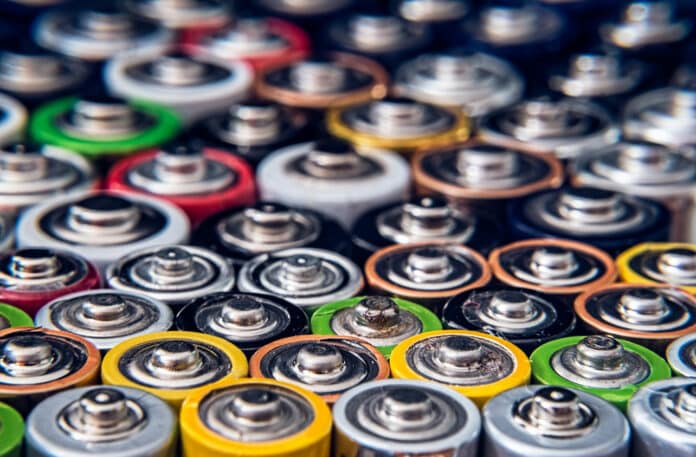Sulfur is an attractive electrode material for next-generation battery systems because of its abundant resources and high theoretical capacity. Although sodium-sulphur (Na-S) batteries have existed for more than half a century, they have been an inferior alternative, and their widespread use has been limited by low energy capacity and short life cycles.
Now, an international team of researchers is hoping that a new, low-cost battery that holds four times the energy capacity of lithium batteries and is far cheaper to produce will significantly reduce the cost of transitioning to a decarbonized economy. The research team is being led by Dr. Shenlong Zhao from the University’s School of Chemical and Biomolecular Engineering.
The battery has been made using sodium-sulfur – a type of molten salt that can be processed from seawater – costing much less to produce than lithium-ion. Researchers used a simple pyrolysis process and carbon-based electrodes to improve the reactivity of sulfur and the reversibility of reactions between sulfur and sodium. This has shaken off the battery’s formerly sluggish reputation, exhibiting super-high capacity and ultra-long life at room temperature.
The team says the Na-S battery is also a more energy-dense and less toxic alternative to lithium-ion batteries, which, while used extensively in electronic devices and for energy storage, are expensive to manufacture and recycle. Dr. Zhao’s sodium-sulfur battery has been specifically designed to provide a high-performing solution for large renewable energy storage systems, such as electrical grids, while significantly reducing operational costs.
“Our sodium battery has the potential to dramatically reduce costs while providing four times as much storage capacity. This is a significant breakthrough for renewable energy development which, although it reduces costs in the long term, has had several financial barriers to entry,” said lead researcher Dr. Zhao.
“When the sun isn’t shining, and the breeze isn’t blowing, we need high-quality storage solutions that don’t cost the Earth and are easily accessible on a local or regional level. We hope that by providing a technology that reduces costs, we can sooner reach a clean energy horizon. It probably goes without saying, but the faster we can decarbonize – the better chances we have of capping warming.”
“Storage solutions that are manufactured using plentiful resources like sodium – which can be processed from seawater – also have the potential to guarantee greater energy security more broadly and allow more countries to join the shift towards decarbonization,” Dr. Zhao added.
The team has successfully fabricated and tested the lab-scale batteries in the University of Sydney’s chemical engineering facility. The researchers now plan to improve and commercialize the recently fabricated Ah-level pouch cells.
Journal reference:
- Bin-Wei Zhang, Liuyue Cao, Cheng Tang, Chunhui Tan, Ningyan Cheng, Wei-Hong Lai, Yun-Xiao Wang, Zhen-Xiang Cheng, Juncai Dong, Yuan Kong, Shi-Xue Dou, and Shenlong Zhao. Atomically Dispersed Dual-Site Cathode with a Record High Sulfur Mass Loading for High-Performance Room-Temperature Sodium–Sulfur Batteries. Advanced Materials, 2022; DOI: 10.1002/adma.202206828
